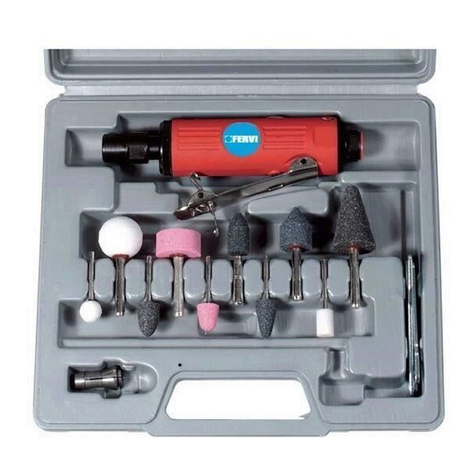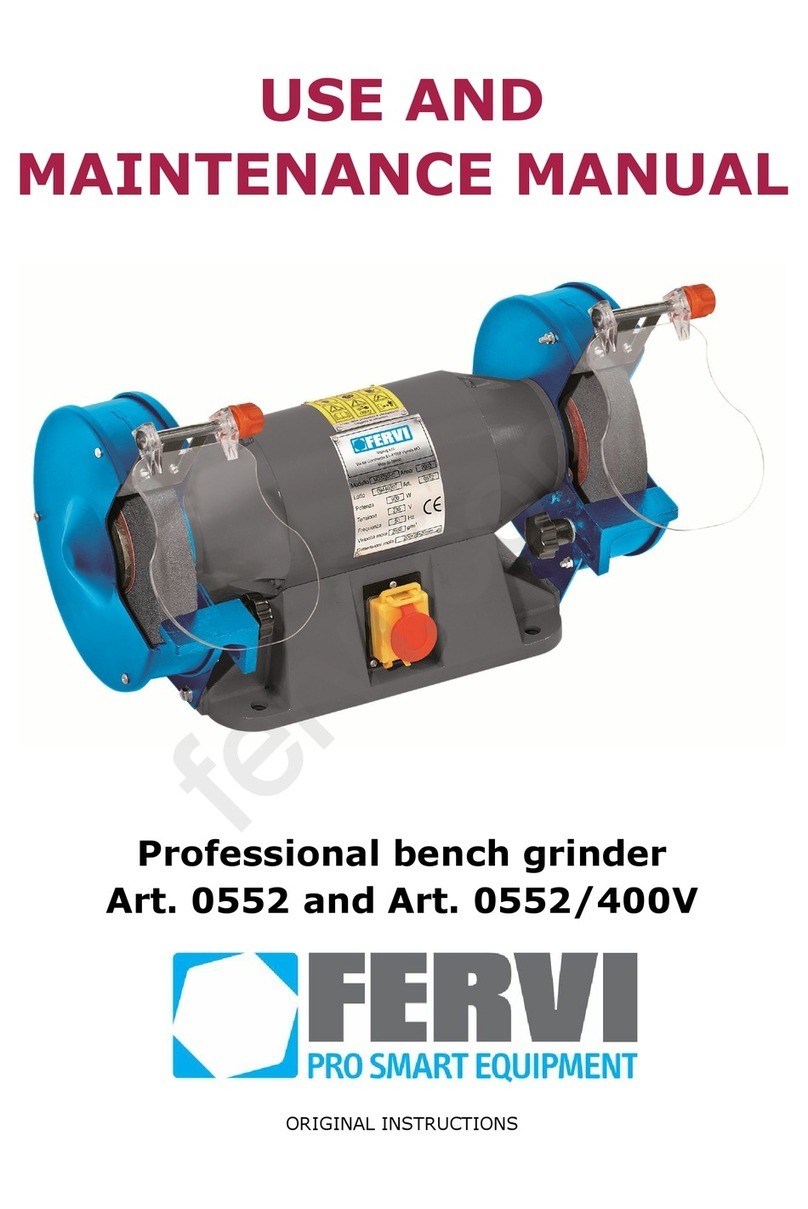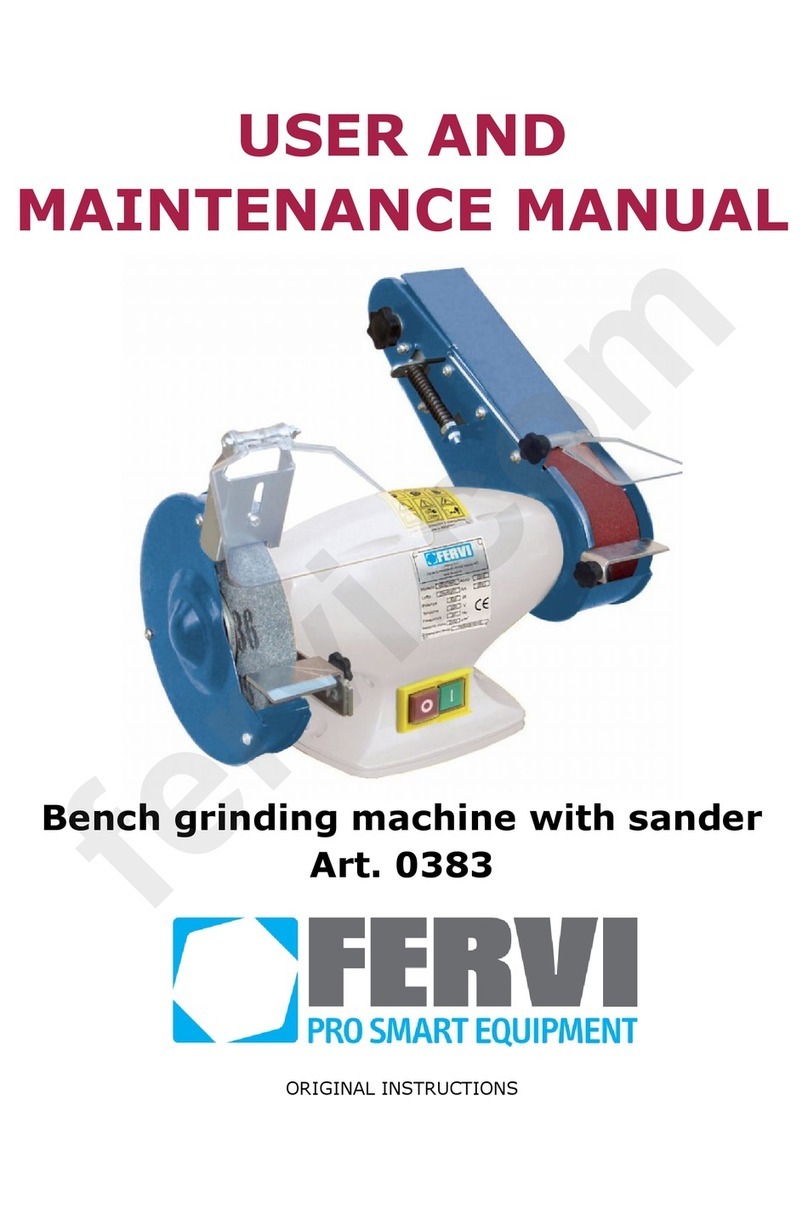
HARDWARE
Page 4 of 14
1 GENERAL SAFETY INSTRUCTIONS
1. During use, maintain control of the tool. The operators represent the most important
aspect of safety. Working cautiously and carefully is the best protection against the risk of
injury.
2. The pneumatic tool should not be used and repaired by someone under the influence of
drugs or alcohol.
3. When a fault / defect is detected, immediately disconnect the power supply cord from the
tool.
4. Only transport the pneumatic tool by holding the handle and without pressing the start
lever. Always disconnect the compressed air supply hose before transport.
1.1 Risks Associated with the Work Area
1. Keep unqualified people, children, etc. away from the work environment and the pneumatic
tool.
2. Only use the tool with proper lighting and visibility.
3. Pay attention in unknown environments and work areas. The pneumatic tool is not isolated
from the power supply.
4. Be especially careful to avoid contact with dust, air jets or other pollutants. If necessary,
wear a dust mask.
5. It is important to maintain a stable and secure position while working. Beware of air hoses,
which can cause you to trip and fall.
1.2 Risks Associated with the Presence of Rotating and/or Moving
Parts
Grab the pneumatic tool correctly, using the appropriate "torch" handle.
Never touch the rotating parts of the tool, particularly the wheel and the wheel holder
spindle.
Vibrations, repetitive movements and uncomfortable positions may be harmful to your arms
and hands. Discontinue use of the grinder if you experience symptoms of physical discomfort,
tingling and pain.
While working, do not wear loose clothing or jewellery that could get caught in the moving
parts of the tool. Similarly, put hair back in a net or a cap.
































